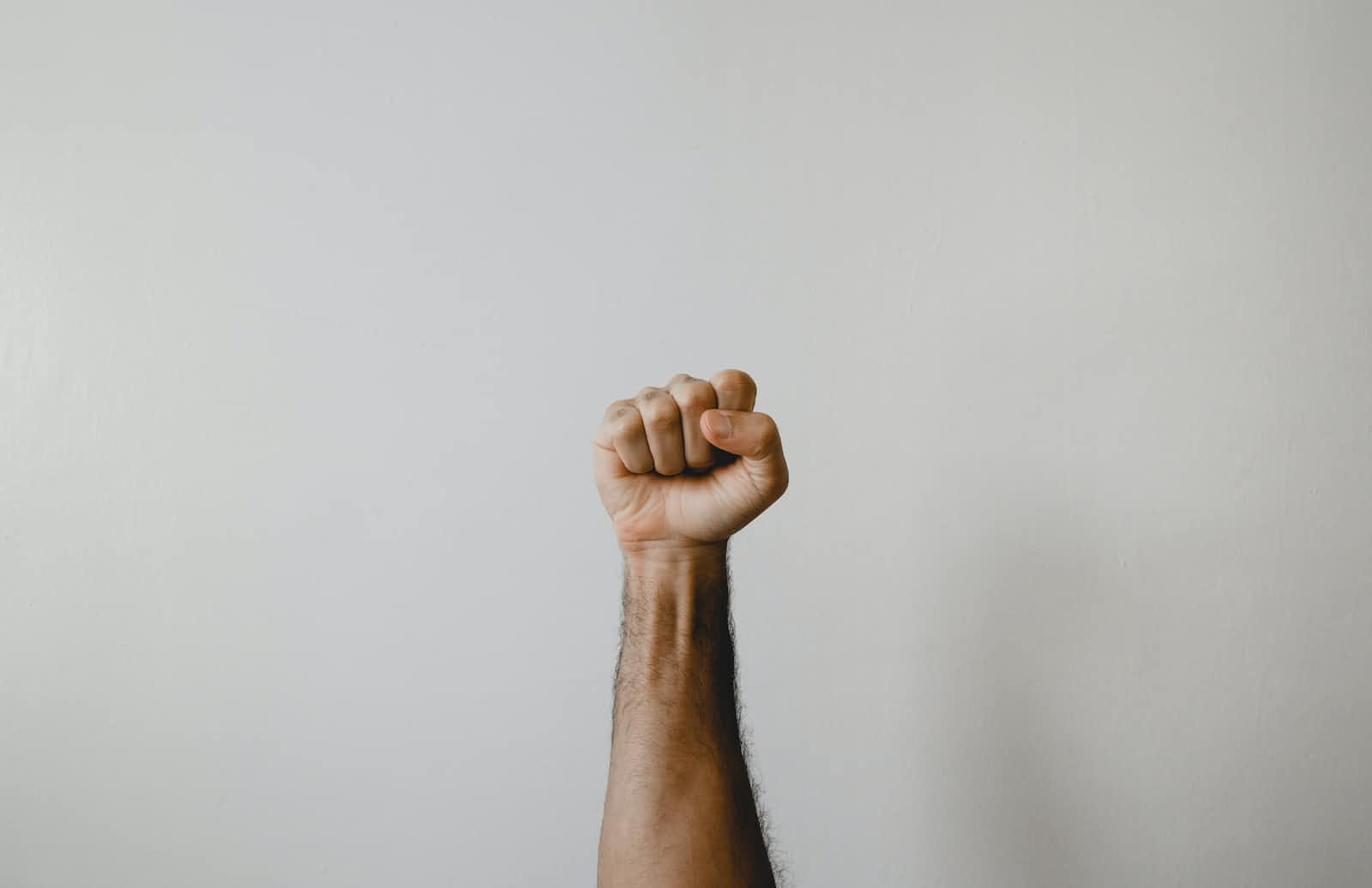
A strong trademark is valuable for your business
What you need to know (in a nutshell)
- Unique or invented brand names are the strongest type of trademark, examples include GOOGLE and SONY.
- Suggestive marks, which combine two words to create an original trademark, are generally registrable as trademarks, examples include NETFLIX and FEDEX.
- Random, arbitrary marks which use existing words in a context unrelated to the goods or services being offered can also be strong trademarks, examples include AMAZON and APPLE.
Full Article
In crafting a unique trademark, businesses must select a name that distinguishes their brand from competitors while reflecting the quality of their goods and services. For aspiring global brands, an appropriate intellectual property is crucial for a potent global presence. Novel, imaginative trademarks offer the most robust protection, while arbitrary or suggestive marks offer distinction but lack strength due to connections with real-life objects. Descriptive word marks often cannot be registered, as they provide minimal legal assurance.
Names like Trendy Hair Designs, Bargain Furniture, and The Art Shop effectively convey their businesses’ offerings. However, when registering trademarks, it is essential to avoid potential issues, such as names including geographical locations or common surnames, and instead opt for entirely new words. Invented or fanciful names, such as Google, Ikea, and INXS, provide substantial legal rights for businesses to protect their products from infringement.
Combining or abbreviating words can create unique, trademark-protectable names like ADIDAS or QANTAS. Suggestive marks like ARAMEX or SHELL OIL also prove popular, as they hint at a company’s offerings while remaining defensible under trademark law. Brands like NETFLIX, FEDEX, and MICROSOFT employ a combination of two existing words to evoke aspects of their products or services.
Random, arbitrary marks like CHROME and AMAZON, though unrelated to a company’s offerings, effectively distinguish brands in the marketplace. Companies like Sony and Xerox, as well as automotive brands like Mazda, have used imaginative names to establish distinctive brand identities.
Music bands like Bananarama and Red Hot Chili Peppers have created memorable names for themselves, as have tech brands like BlackBerry and Raspberry Pi. Companies have also successfully incorporated animal names into their branding, such as KANGAROOS and REEBOK for shoes or CROCS and CATS for pets.
Famous bands like The Beatles and The Eagles have used animal names, and companies have utilized band names like GREYHOUND and DOVE for promotional campaigns. Combining animal names with other terms can create attention-grabbing names like FIREFOX, THUNDERBIRD, and RED BULL.
Generic or descriptive marks are the weakest category of trademarks, making registration difficult. However, registering a logo device may offer some protection against similar names. Businesses like Pete The Plumber have adopted descriptive words in their branding, though this approach can make obtaining trademark protection challenging. Companies like QUICK MOBILE REPAIRS and ADVANCED HAIR STUDIO have obtained registered trademarks for their logos, incorporating their distinct trading names to safeguard their brand and create easily defendable trademarks.
When establishing a new product or service, it is vital to think creatively and develop a distinctive logo or design that embodies your company’s uniqueness while offering comprehensive legal protection.